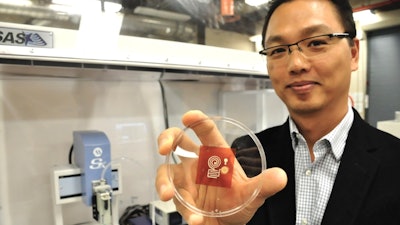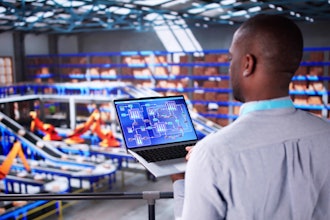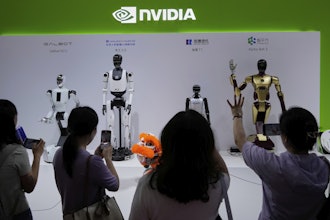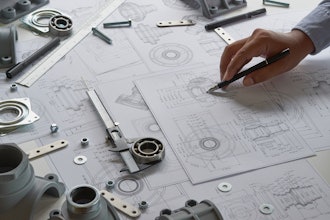
A newly published study suggests that 3D printing and a novel material could enable companies embracing the Internet of Things to do so in a more environmentally friendly way.
The study, conducted by researchers from Canada’s Simon Fraser University and the Swiss Federal Laboratories for Materials Science, sought to replace the plastics and polymers currently used in electronics with a material derived from wood.
Engineers developed 3D-printed sensors made from cellulose that were capable of transmitting data wirelessly.
IoT systems rely on vast numbers of small, inexpensive sensors to connect machines and equipment to the internet. Building those systems with naturally derived materials, engineers said, could allow manufacturers to dispose of old sensors without contaminating the environment.
The cellulose sensors, in addition, could allow any metal components on circuit boards to be collected more easily for recycling.
“This development will help to advance green electronics,” Simon Fraser engineer Woo Soo Kim said in a statement.
Researchers conducted the study using advanced 3D printers at PowerTech Labs, a nearby facility owned by utility BC Hydro. The use of 3D printing technology, engineers added, also provides electronics makers with more flexibility — including the ability to embed sensors into structures or even textiles.
Kim is also working with South Korean researchers on the development of printable materials comprised of a conductive ink.
The latest study was published in the journal Advanced Electronic Materials.




















